Deck & Commander Strategies

Trostani, Selesnya's Voice
Focuses on sustaining life and building a large board presence through token generation and life gain synergies, supported by value creatures and spells that draw cards and stabilize the board.

Queen Marchesa
Leverages the monarch mechanic to control the board and gain card advantage, using disruption spells and aristocrat-style creatures to maintain pressure and political leverage.

Prime Speaker Zegana
Combines ramp, counter accumulation, and card draw to quickly develop a threatening board state; uses creatures with enter-the-battlefield effects and spells like Devastation Tide to control the board.

Karador, Ghost Chieftain
Relies on graveyard recursion to reuse creatures and spells, notably Life from the Loam for land recovery, maintaining consistent card advantage and board presence through dredging and reanimation.
Gameplay Insights
- 1
Repeated use of Life from the Loam by the Karador player demonstrates the deck’s resilience and ability to recover lands and maintain tempo through graveyard recursion.
- 2
Tim’s use of Devastation Tide to clear the board followed by rapid recovery using Eternal Witness and ramp spells highlights the deck’s capacity to reset unfavorable board states and rebuild advantage quickly.
- 3
The Trostani player’s combination of Greater Good and Blade of Selves with creatures like Trostani and Elven World Hydra generates massive card draw and life gain, significantly swinging the game state in their favor during combat.
- 4
Ben’s Queen Marchesa deck effectively uses the monarch mechanic and disruption to slow down opponents while gaining incremental advantages through taxing effects and extort-like lifegain.
- 5
The interaction of multiple token copies of Trostani and life gain triggers showcases the power of synergy and incremental advantage in sustaining board presence and survivability.
Notable Cards
-

Life from the Loam
-
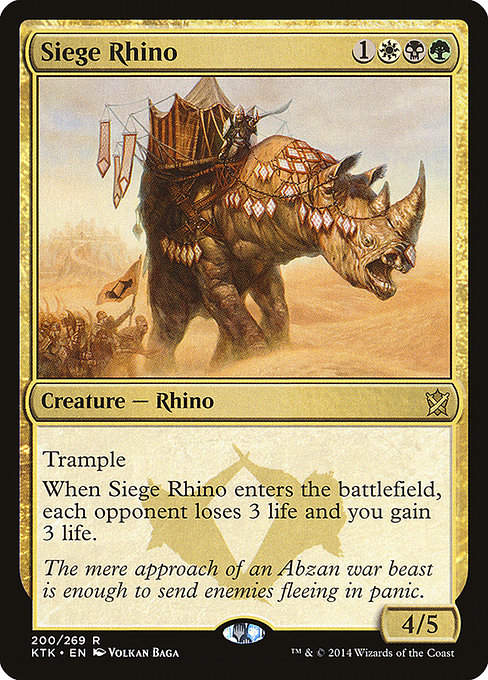
Siege Rhino
-
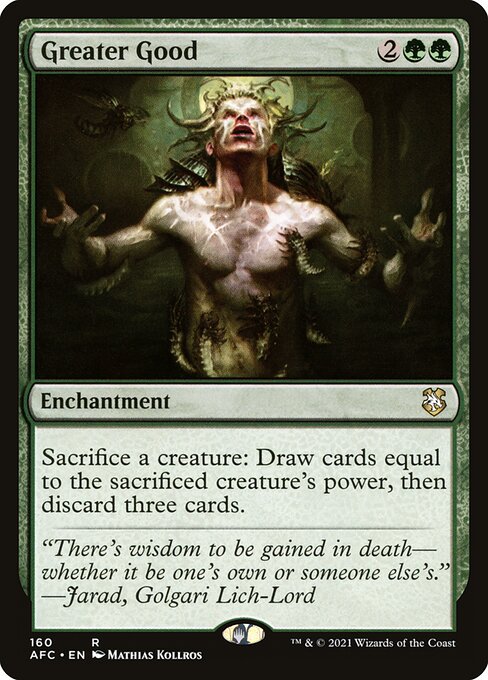
Greater Good
-
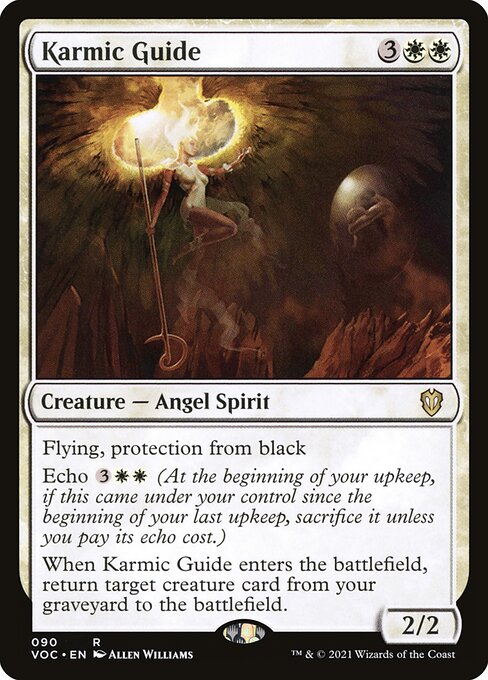
Karmic Guide
-
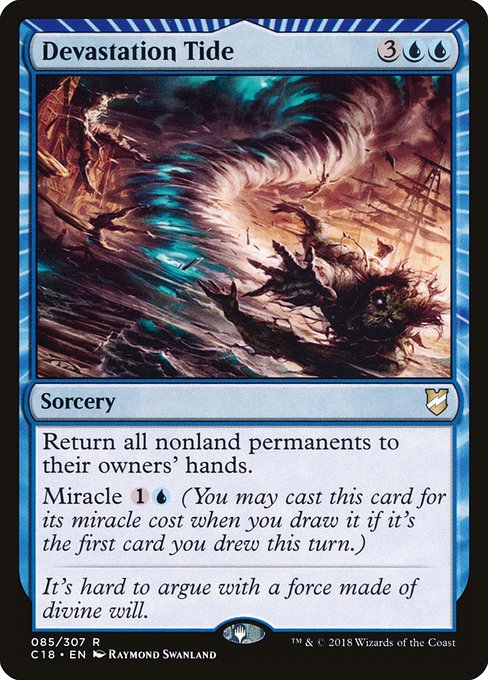
Devastation Tide
-
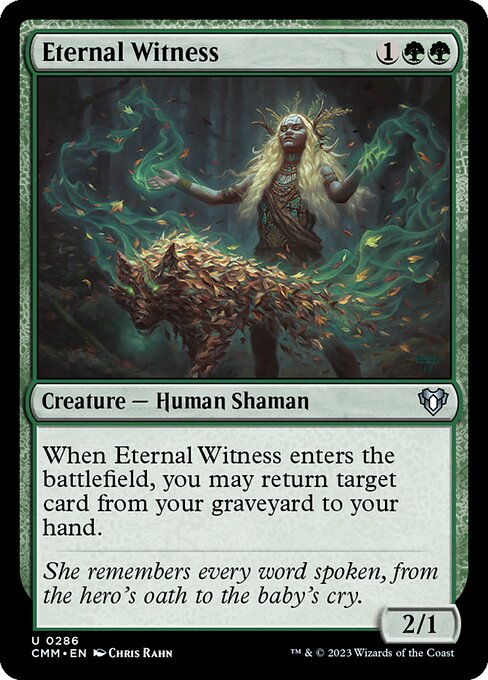
Eternal Witness
-
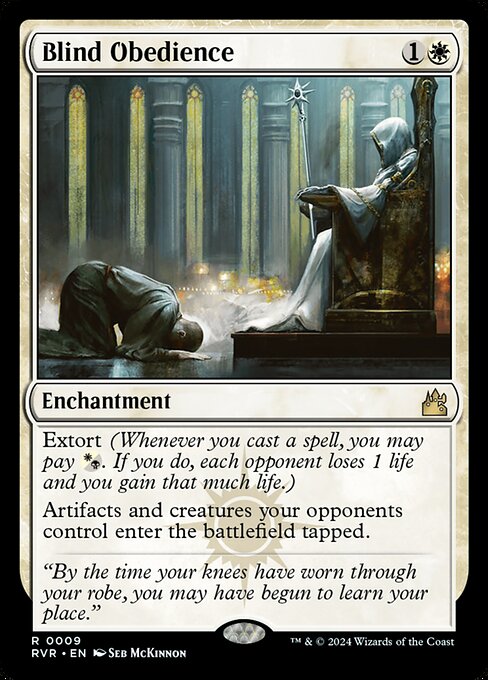
Blind Obedience
-
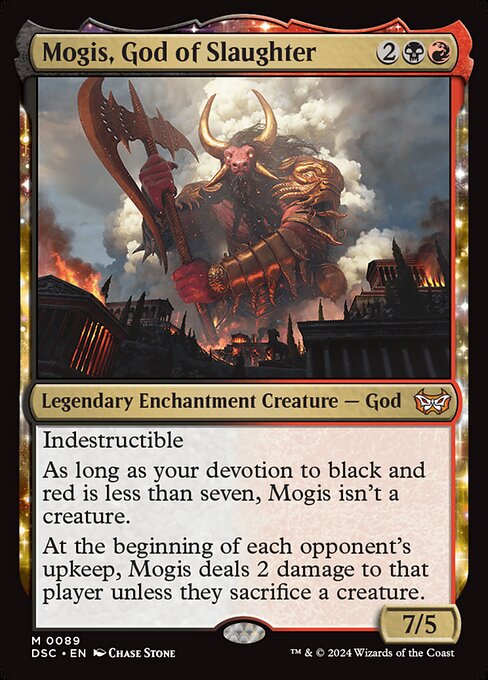
Mogis, God of Slaughter
-
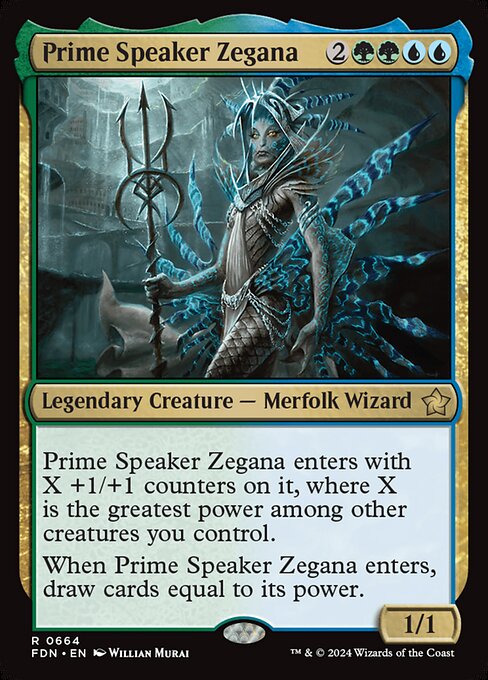
Prime Speaker Zegana
-

Blade of Selves
-
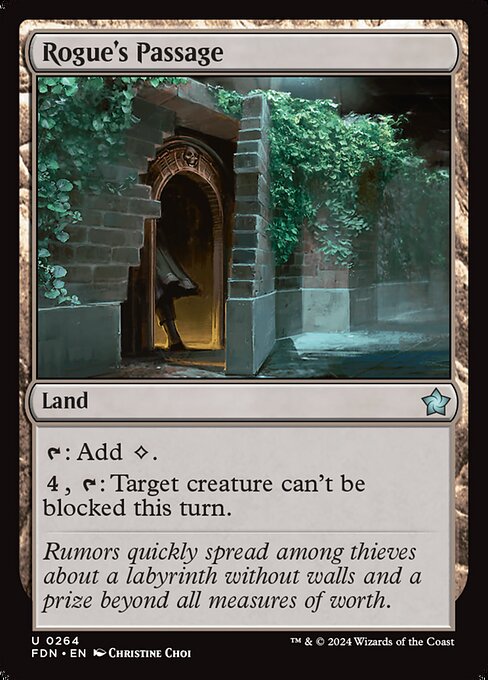
Rogue's Passage
Gameplay Summary
The game begins with each player developing their board and mana base, setting up for their respective strategies.
Early turns feature typical ramp and land drops, along with value plays such as Life from the Loam dredging and the casting of key creatures like Siege Rhino and Cartel Aristocrats.
Tim's Prime Speaker Zegana deck focuses on card draw and counter accumulation, while Ryan's Karador deck uses graveyard recursion extensively, repeatedly utilizing Life from the Loam to recover lands and maintain card advantage.
Ben's Queen Marchesa deck establishes board control and political presence with the monarch mechanic and disruption spells like Blind Obedience. Midgame sees escalating board states with various combos and synergies coming into play.
Tim leverages token generation and card draw engines like Greater Good and Karmic Guide, creating significant life gain and board presence.
Ben maintains pressure with creatures and control elements, while Ryan continues graveyard recursion and land recovery to maintain tempo and resilience.
A pivotal moment occurs when Tim uses Devastation Tide to clear the board but quickly rebuilds with Eternal Witness and ramp spells, demonstrating strong resilience.
The game features multiple combat exchanges where life gain and damage trading play critical roles, notably with Tim's significant life swings through token duplications and equipment.
The game is a complex interplay of value recursion, board control, and incremental advantage, with no immediate win condition resolved within the described period.











































